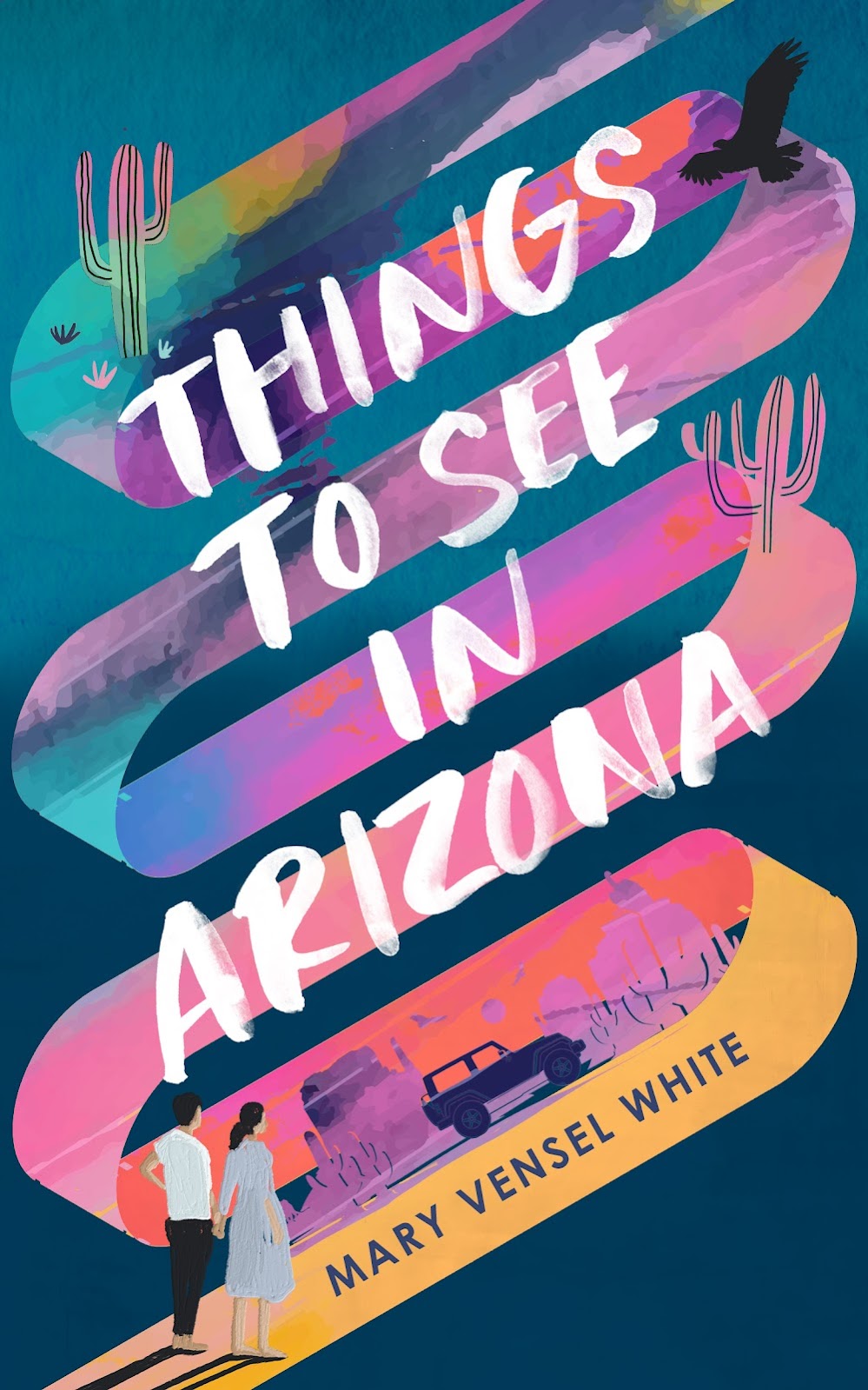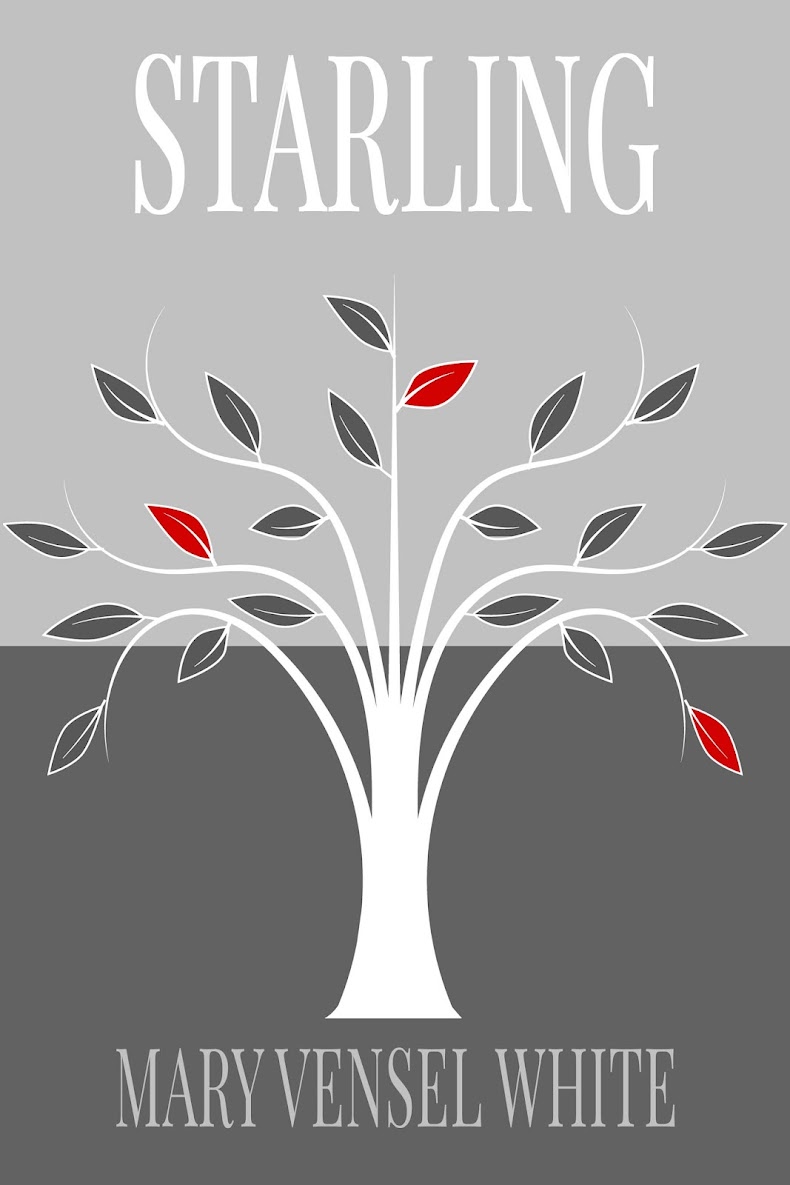How are you with museums? Avoid them? Love them? I happen to
love the idea of museums very much, and I do enjoy going to them and wish I
went more often. But I have a definite time limit where they’re concerned.
Maybe an hour-and-half to two hours, that’s it. I go in with all receptors
primed but by the end of that time frame, I usually hit a wall, when I can’t
see/read/hear any more. Just can’t take it in. Sensory overload, I guess. I
have a similar threshold where socializing is concerned, but that’s beside the
point.
I was an English major in college, which means that I read
and wrote about fiction. As opposed to a creative writing degree, which seems
to have its own benefits. I learned to write by reading. From
time to time, I do like to pick up a book about writing, in the interests of gathering information. I’d like
to think I’ll remain open to learning, no matter how curmudgeonly and resolute
in my ways I become. This week, I read Into
the Woods by John Yorke. I’ve no idea how this book came to be on my shelf;
I’m assuming I read about it someplace. It’s a writing guide aimed towards
screenwriters and most of the references are film ones, but that was okay with
me because a good amount of my personal references are film ones as well. The original subtitle
of Yorke’s book was A Five-Act Journey
into Story, and I can only assume the publisher issued the alternate
subtitle How Stories Work and Why We Tell
Them after it became clear that a) the book was appealing to writers of
things other than scripts and b) there is some division between the 3-act camp
and 5-act camp, and no reason to alienate either one from buying the book.
So. I have to share that the cover, as you can see, couldn’t
be more awful. I mean, I get that we’re in textbook mode here, but aside from
the look of it, it also has a strangely plastic feel and the black ends up with
scratches, marks and smears. It’s the book equivalent of those black pants
you never wear because they attract every piece of lint and hair in the room.
My favorite Amazon review of the book, titled “A five act journey into utter
tedium!” agrees with me on this point: “Oh, and the paperback has a horrible plain black cover that is
faintly repellent to the touch.” Very true.
If
you’re starting to think that the rambling nature of this review is an early
indicator of my engagement style with writing guides, you’d be right. Now, what
was I saying? Oh, yes, the actual text. I started out as I do in museums,
totally engaged, neurons firing. I had a pen and was underlining things. Here
are a few I like:
“What
an archetypal story does is introduce you to a central character—the
protagonist—and invite you to identify with them; effectively they become your
avatar in the drama.”
(I
like that bit about the avatar.)
“Niceness
tends to kill characters. Much more interesting are the rough edges, the
darkness.”
“Three-dimensional
characters have both a want and a need, and they are not necessarily the same
thing.”
There
were more, but you’ll have to get the book. Yorke talks about early forms of
story, and how the overall structure has generally stayed the same over
centuries. There are refreshers on Aristotle and Campbell, which I liked. He
differentiates between the three-act structure and the five-act structure
(spoiler: they’re sort of the same!), and gives examples along the way. I will
say that some examples seemed more shoehorned into the structure than others;
it started to seem like a diagram you could argue anything into. But I enjoyed
the early sections, the more historical and theoretical parts.
The
middle section of the book really gets down to details. The chapters had names
like Exposition, Subtext, and Character Individuation. If I had been at a
museum, this would have been when I started to think about lunch/dinner/nap.
There were charts and figures.
By
the last section, the charts became more complex and I was fully in skim mode.
There were lengthy breakdowns of particular films, and long examples of dialogue.
There are all sorts of people in the world, and I’m sure some would really
enjoy the specifics given, the many, many pages of Notes at the end. But I was
already out that museum door.
Was
the book a loss? Definitely not! I took away some new knowledge, some
reminders of things I’ve read before, and several things to think about. I
still hope to keep learning new things about writing as I go along, and it’s
never a bad idea to break up your routine. I’ll keep this book on my shelf and
perhaps refer back to a few sections. After I finished, I had an overwhelming
urge to pick up something written by one of my idols, and I can’t help but
think that in the end, it will be more inspirational. That’s the way I learned
to write, after all, and it would seem I can’t really be retrained.

















0 comments:
Post a Comment